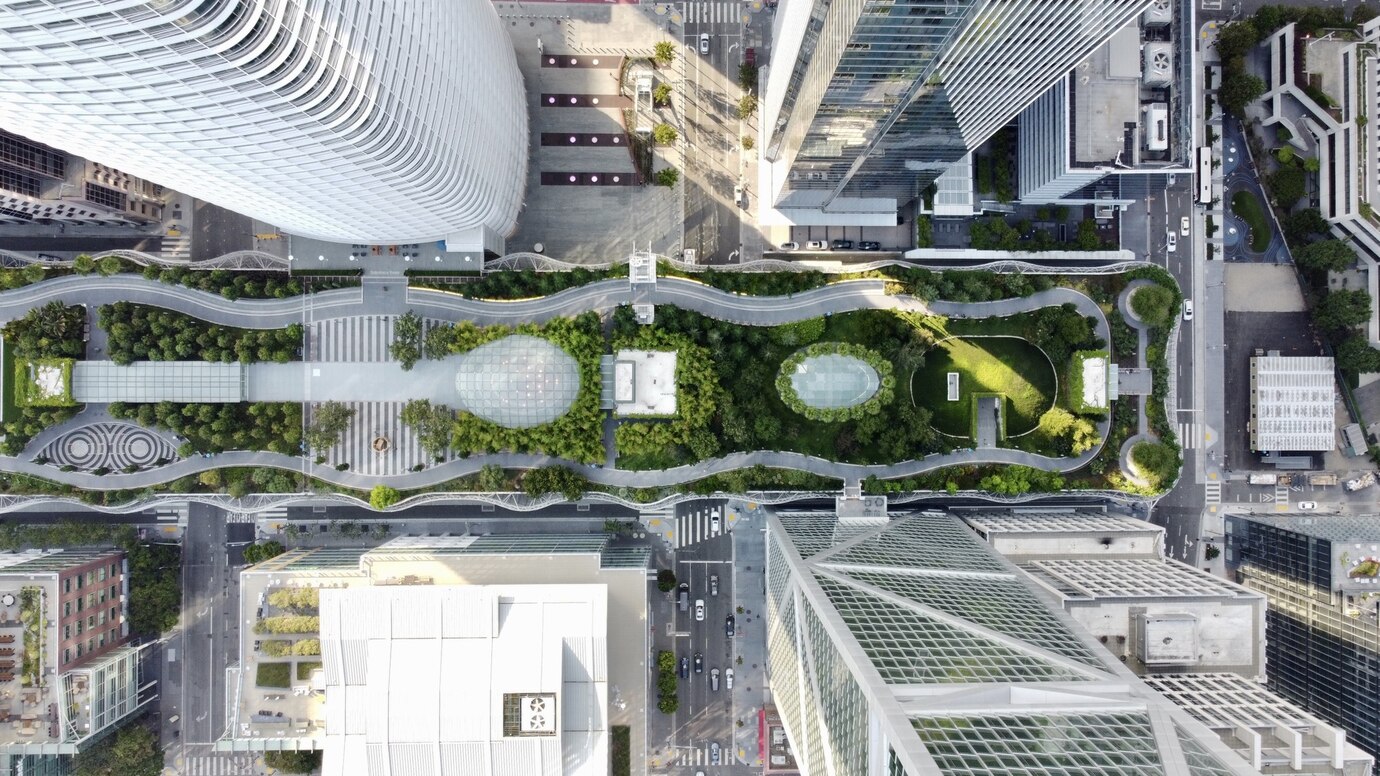Opinion column published on February 14, 2024 on Journal du Net.
Digital technology certainly contributes to greener working environments, provided that careful management of user flows and data is at the heart of every smart building project.
Digital, a necessary ally in any transformation
The hybridization of work has accelerated the nomadism of employees and, by the same token, their need for increasingly ATAWAD (any time, any where, any device) work environments. Companies’ quest for attractiveness has brought to the fore ever-increasing expectations for environments that are ever more service-oriented and focused on the user experience. The economic crisis, meanwhile, has forced organisations to rationalise their business real estate with unprecedented rigour. Finally, the energy crisis and growing ecological awareness have heightened the need for companies and employees alike to seek ever more sustainable workspaces. According to one study*, the number of buildings deploying so-called intelligent technologies will reach 115 million worldwide by 2026, compared with 45 million in 2022.
Today, controlling energy consumption according to use
“And rightly so, because smart building technologies offer a host of advantages in the quest for more responsible buildings. One of the first is that they enable buildings to be seen as service platforms. Using IoT, these services make it easier to intelligently manage energy consumption, room occupancy, equipment maintenance and service provider interventions. For example, intelligent building information systems can monitor and adjust energy consumption according to actual needs: presence sensors can detect when a room is unoccupied and automatically adjust lighting and heating to save energy. What’s more, air conditioning systems can be optimised according to the outside temperature and weather conditions.
Tomorrow, anticipating uses to consume better
While smart technologies enable energy consumption to be better controlled at any given time, depending on usage, they also have another advantage: they make it easier to predict how buildings will function. By using advanced data and technologies, smart buildings can anticipate their energy needs and consumption patterns. They can also plan and react proactively to minimise waste. More predictive, more learning, more autonomous, they are becoming less energy-intensive.
Ensuring optimum proactive maintenance on an ongoing basis
The third advantage of smart buildings in terms of eco-responsibility is their ability to reference all the active equipment in a building (access to the building, ventilation, lighting, water supply, lifts, etc.) so that they can be proactively maintained. This enables real-time monitoring of the condition of equipment and systems, detecting potential problems before they become major breakdowns, reducing interruptions and the need for frequent replacements, extending the life of equipment and reducing waste.
The individual at the heart of any sustainable approach
As we can see, smart building technologies enable buildings to be better managed to optimise their energy consumption, rationalise their operation and contribute to greater sustainability throughout their life cycle. However, there are two key elements to any smart approach. The first is to take the user into account. Tenants and operators need to keep in mind the very purpose of their buildings: to be user-focused service centres. The user must be the starting point of any smart project, from the planning stage right through to deployment. The most important leverage effect when it comes to rationalising m² and reducing a site’s carbon footprint lies in its occupancy. And that means understanding the flow of people, rather than its size or number of rooms. Just as the individual is the linchpin of usage data from smart workplace digital applications outside the building (booking rooms, car parks, etc.), so too must he or she be for building data.
No virtuous smart building without sovereign, secure data
The second key element of any intelligent and responsible digitisation of buildings is the central role given to data: what it is, where it comes from, how it is identified, processed and exploited, why and by whom. This is crucial for two reasons. Firstly, because the purpose of deploying a smart project is to provide a service with a significant real-time dimension. The software architectures put in place have to respond in units of time of the order of a few hundred thousand milliseconds. This notion of real time is essential both in terms of the service provided to the user and the efficiency of the smart building as a whole. The challenge will therefore be to be able to rely on a sufficient quantity and quality of data to be able to offer sustainable solutions that guarantee confidence in the digital services offered: sovereign, cyber-secure services capable of meeting regulatory requirements in terms of both IT risk management and respect for personal data (RGPD).
As we can see, designing buildings that are both intelligent and sustainable requires considerable expertise. It also requires a realistic vision of the conditions for success. And a bit of bias: advocating that smart architectures should adapt to existing infrastructures and not the other way round. Developing services in line with the existing infrastructure should be the guiding principle of any smart building project.
By Pascal Zératès, CEO of Kardham Digital
.
